Hidden in the mountains of Epirus, Greece, I stumbled upon Monodendri—a village that seems untouched by time and perfectly placed for exploring the famous Vikos Gorge.
Monodendri became my launching pad for hiking the world-renowned gorge. Its stone-paved streets and traditional buildings immediately set the mood for an authentic Greek adventure.
The village felt quiet but alive, with guesthouses and cozy taverns serving local flavors I still think about.
As I wandered Monodendri’s lanes, the peaceful beauty of Zagori surrounded me. The wild landscape beyond seemed to beckon.
From the village edge, the views were jaw-dropping. It’s clear why Monodendri makes the perfect starting point for a Vikos Gorge journey.
Every corner held a story, connecting me to northern Greece’s nature and its deep culture and history.
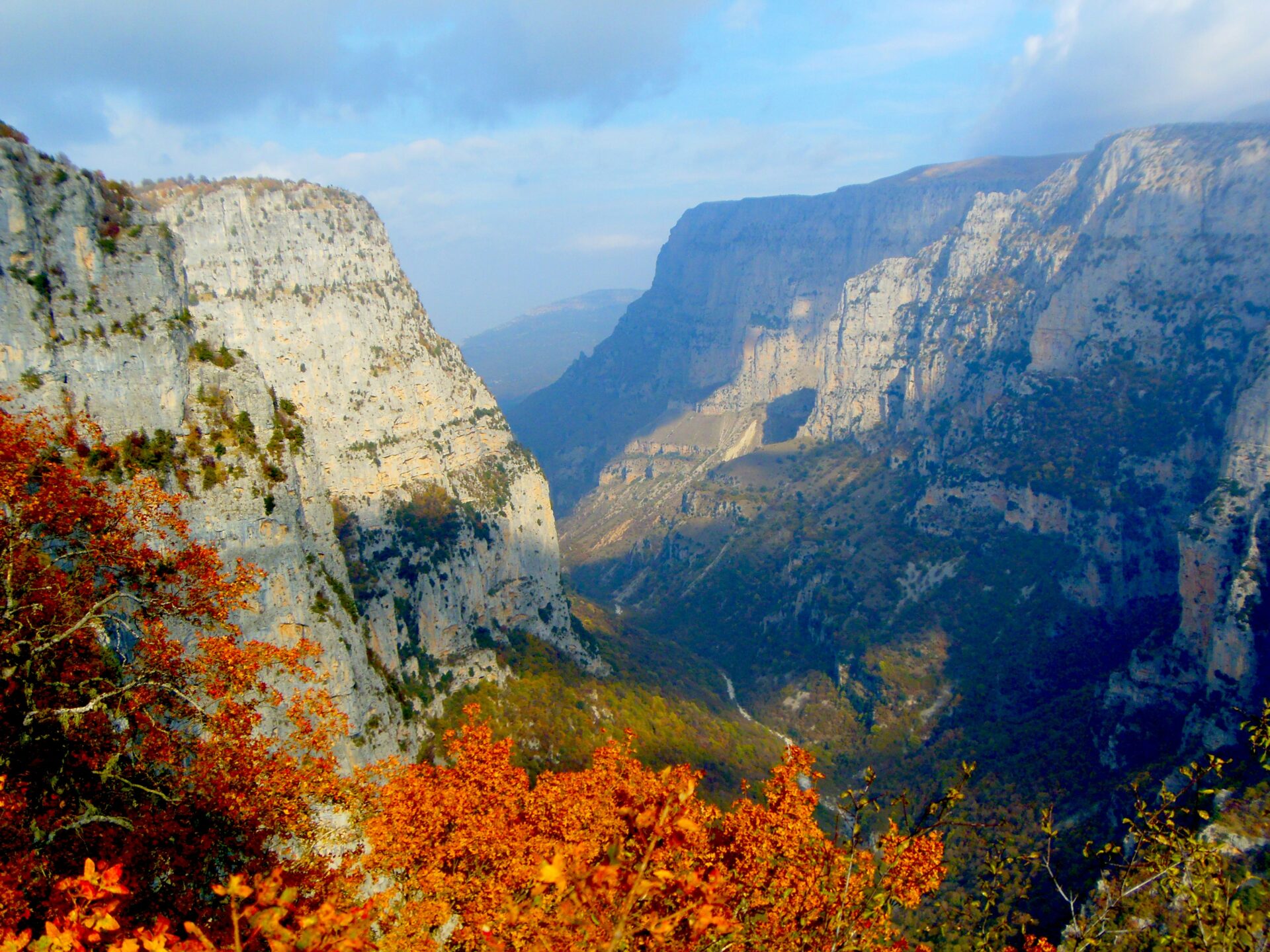
Discovering Monodendri: A Village Suspended in Time
When I wandered through Monodendri in the heart of Epirus, it felt like time slowed down.
The village stands as a living museum of stone architecture, old customs, and the spirit of the Epirot people. It’s so much more than just a jumping-off point for the Vikos Gorge.
Architecture and Stone Paths
Monodendri’s charm starts with stone.
Locals built nearly every building from local gray slate, stacking it neatly for houses, churches, even rooftops blending into the mountainside.
Strolling the cobbled paths felt like stepping into a storybook. Every turn brought a new view—carved lintels, arched doorways, hidden courtyards.
People here really care about keeping their buildings intact. Many guesthouses and taverns still show off original woodwork and hand-cut stones.
The plateia, or town square, sits under huge plane trees. I watched families gather, kids playing while elders chatted on benches.
The streets twist and turn, forming a natural maze. Sometimes I’d wander by accident toward a lookout with sweeping views over the gorge.
A walk along these stone paths isn’t just sightseeing. It’s a way to feel the texture of Greek culture, with each step echoing centuries of history.
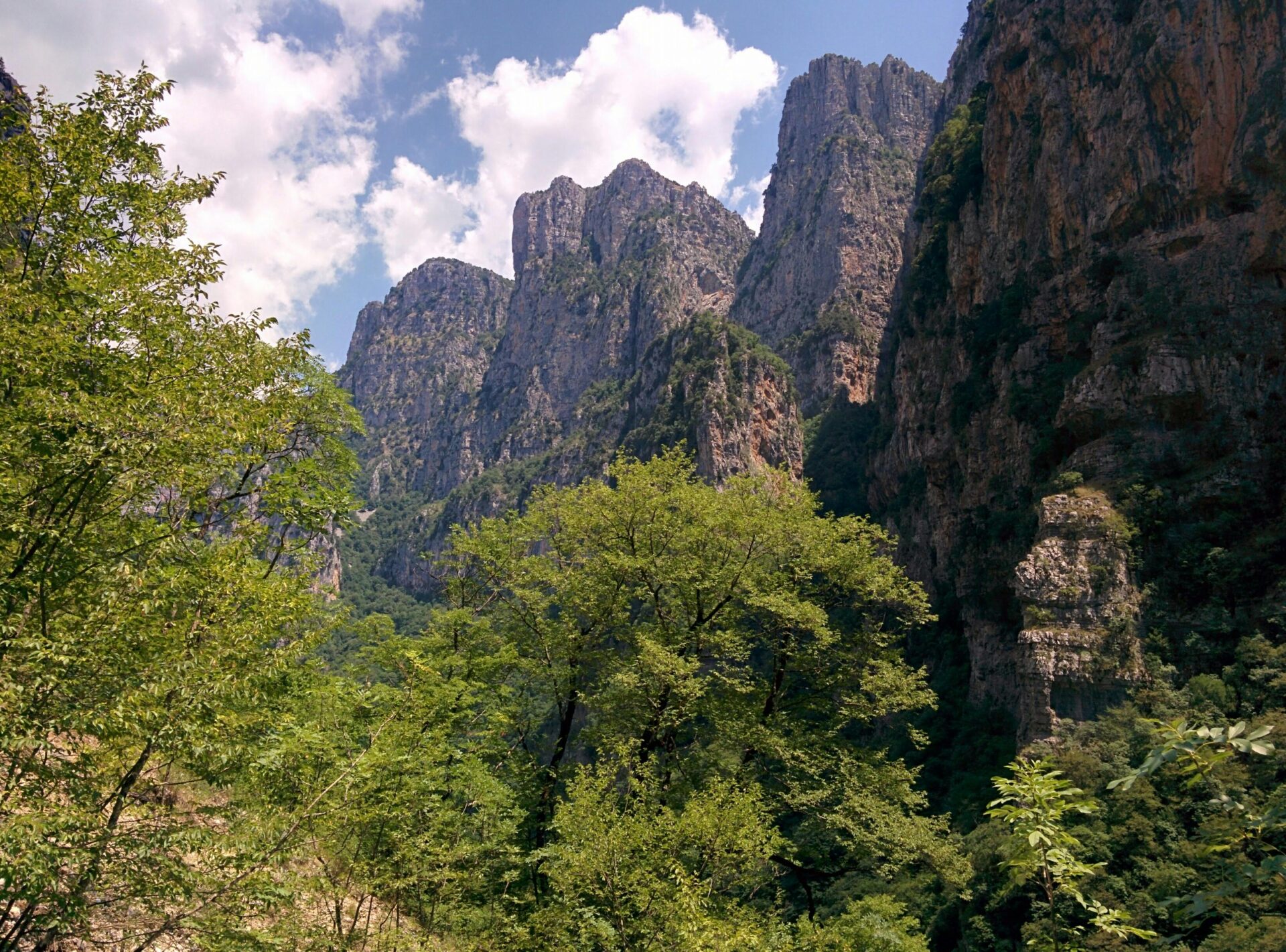
Local Traditions and Daily Life
Life in Monodendri moves at its own rhythm.
Every morning, the smell of baking bread and wood smoke drifts through the air. Sometimes I’d hear traditional Epirot music from open windows, and neighbors greet each other with a warmth I don’t see everywhere.
Family ties shape everything here.
Many taverns and shops have stayed in the same family for generations, with secret recipes and folk tales passed along with the business.
Seasonal festivals matter a lot. I got lucky and caught a small celebration in the square—group dances, homemade pies, everyone sharing from big platters.
Handicrafts haven’t disappeared. Local women still weave colorful rugs and make lace, selling them from their homes or little stands.
This slow, attentive way of living gives visitors a welcome break from the rush of modern life.
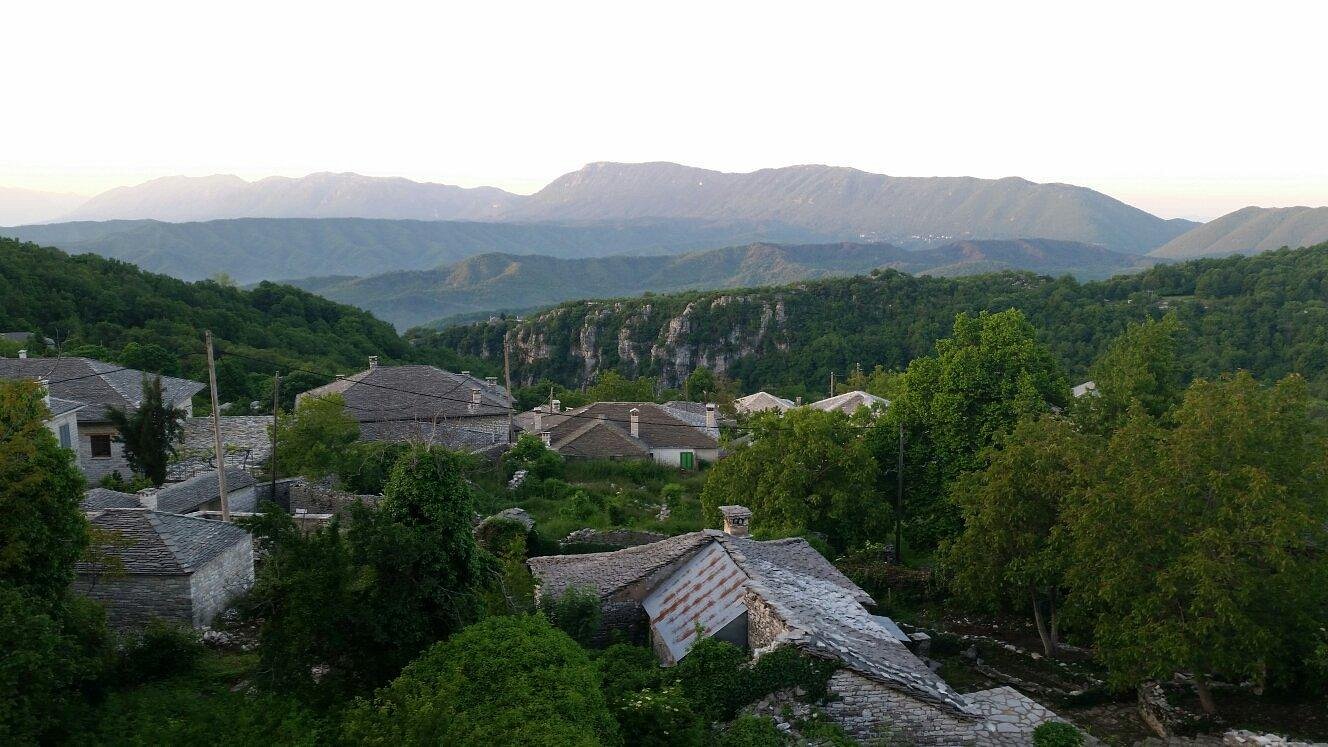
The Epirots: Guardians of Heritage
Monodendri feels so real because of the Epirots.
These mountain people hold their heritage close. I saw how tradition shapes everything—language, music, architecture, food.
Hospitality runs deep here. Guests aren’t just welcomed—they’re treated like family.
Travelers, even total strangers, get invited to share a meal or join in for stories and laughter. The local dialect adds flavor to every conversation. Elders love sharing folk tales about the region.
Table: Elements of Epirot Heritage in Monodendri
| Element | Example |
|---|---|
| Music | Lively clarinet songs at gatherings |
| Cuisine | Pies, stews, strong local tsipouro |
| Storytelling | Legends of Vikos Gorge, family sagas |
| Dress | Traditional scarves and wool vests worn on festival days |
For the Epirots of Monodendri, keeping history alive isn’t just a duty. It’s a source of pride, handed down and shared with anyone willing to listen.
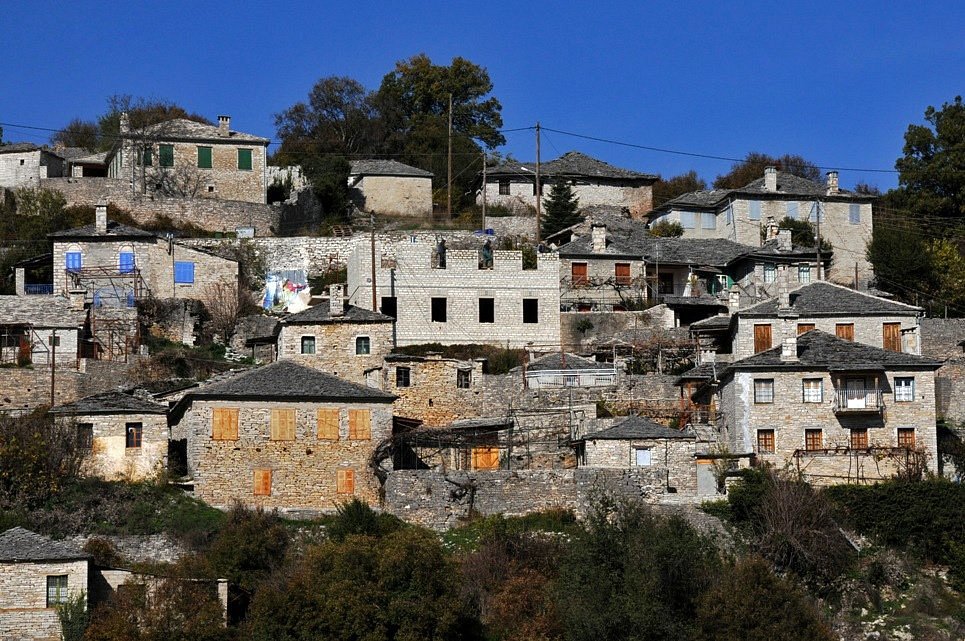
Vikos Gorge: Nature’s Breathtaking Masterpiece
The Vikos Gorge in Epirus, Greece, is where sharp cliffs, lush landscapes, and old-world charm all collide.
Deep canyons slice through limestone. Rare wildlife hides among the rocks. Hidden monasteries whisper stories from long ago.
Trailheads and Scenic Routes
Starting my trek at Monodendri felt like stepping into another world.
The main trailhead drops fast—about 300 meters in a short stretch—from the village down to the gorge’s floor. Each step down opened up more of the gorge’s steep, sculpted sides.
The path then winds through cool shade, running alongside the Voidomatis River.
Most trails are well-marked, especially the popular stretch from Monodendri to Vikos village. This 8 km hike gives clear views of the gorge and sometimes even old stone bridges.
If you’re short on time, shorter paths lead to the Agia Paraskevi Monastery, perched above dramatic cliffs.
Even from roadside viewpoints, the sights are stunning—especially at sunrise or sunset when the rocks light up in color. It’s easy to lose track of time just soaking it all in.
| Trailhead | Major Sights | Distance | Difficulty |
|---|---|---|---|
| Monodendri | Vikos village, churches | 8 km | Moderate |
| Vikos village | River pools | 6 km | Moderate |
| Agia Paraskevi | Monastery and cliff views | 2 km | Easy |
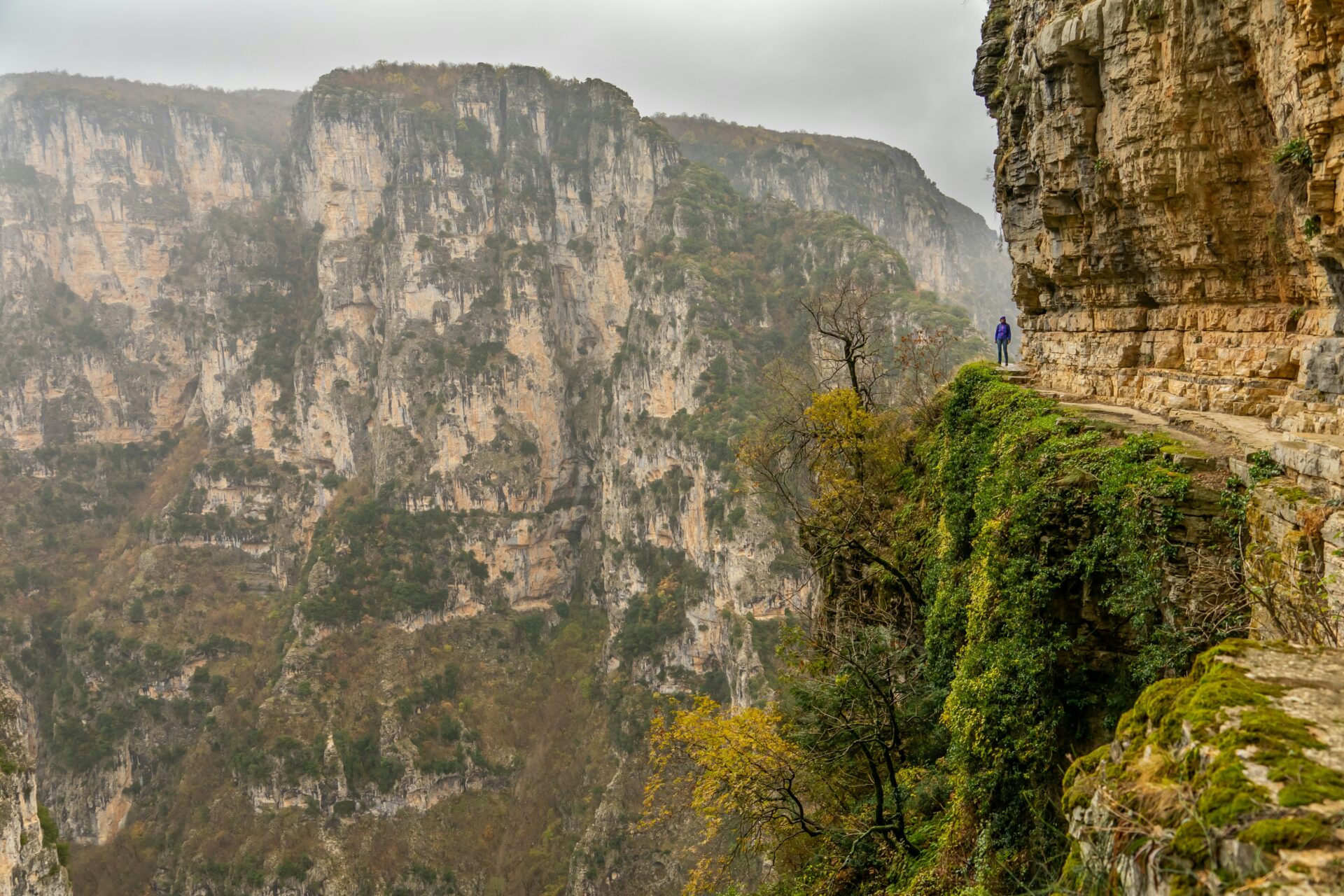
Flora and Fauna of the Gorge
As I walked through Vikos Gorge, I noticed how the Mediterranean climate shapes everything.
The slopes are thick with pine, fir, and maple. In spring, wildflowers explode across the rocks, brightening the gray stone.
Animals here are special. Mountain goats perch on rocky ledges, and eagles circle above.
Caves and dense trees shelter small mammals—sometimes even a shy bear or wolf.
Because Vikos Gorge sits inside the Vikos–Aoös National Park, the ecosystem stays mostly untouched.
There are over 1,700 plant species here, some found nowhere else. The mix of thick forest, sharp ravines, and hidden streams makes hiking feel like entering a secret garden.
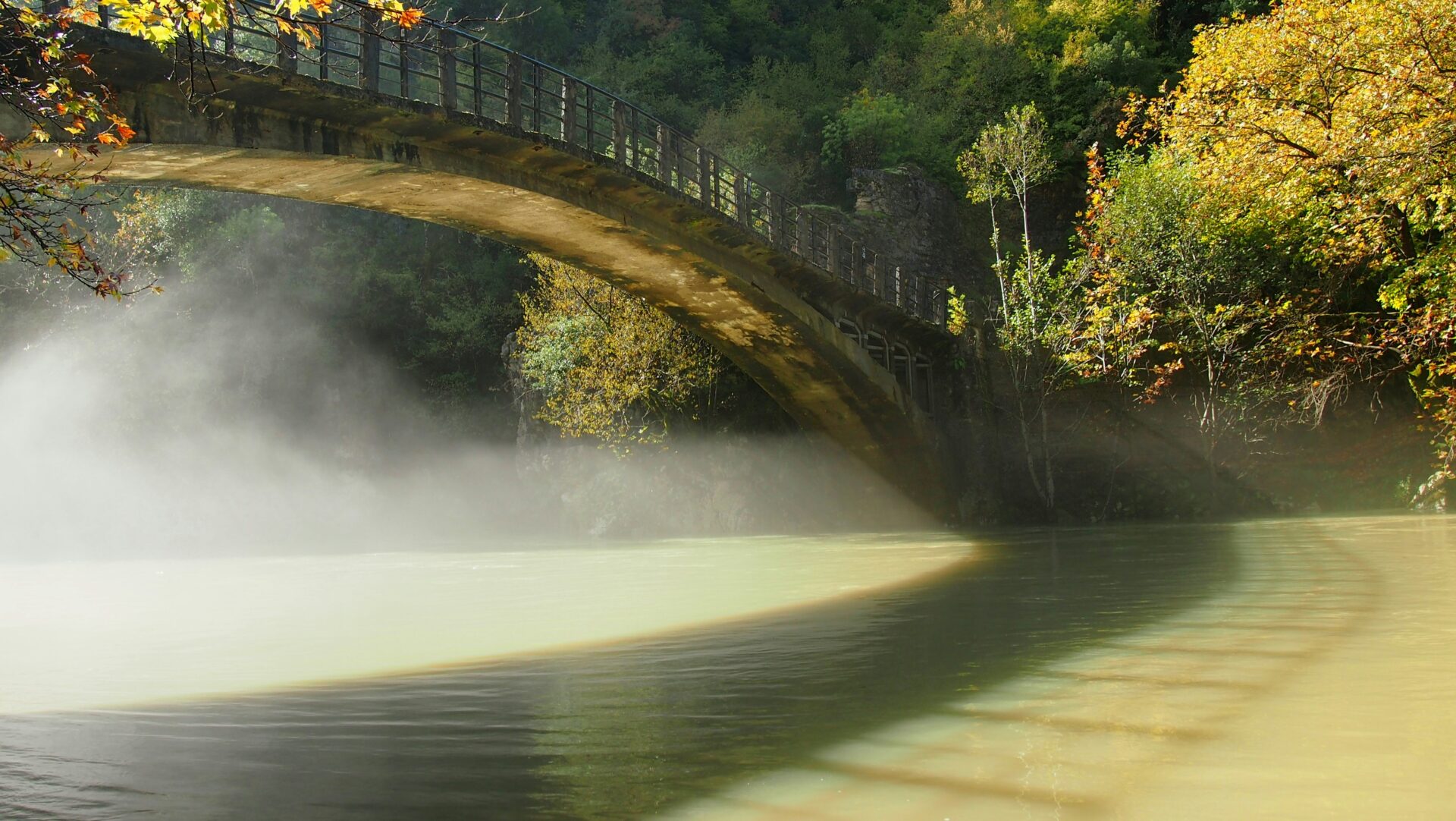
Pilgrimage and Cultural Significance
Vikos Gorge isn’t just about wild nature—it holds spiritual meaning too.
The Monastery of Saint Paraskevi, built in the 15th century, clings to the cliff near Monodendri. Its tiny stone buildings look out over the deep canyon.
I felt an immediate hush when I stepped inside. Locals still come here to pray and reflect.
Pilgrims once walked from neighboring villages as a sign of faith, especially on Saint Paraskevi’s feast day.
The gorge is part of historic Zagori, tied to stories of resistance and deep tradition.
Walking these trails, I imagined generations—shepherds, monks, travelers—all finding meaning here in their own way.

Travel Tips for Hikers
If you want to get the most out of a Vikos Gorge hike, a little planning goes a long way.
Trails are rocky and sometimes steep. I always bring good hiking shoes, water, snacks, and a small first aid kit.
Even in summer, the shade can get chilly, so I pack a light jacket.
Spring and fall are the best times to hike—mild weather, fewer crowds. Early starts help you beat the midday heat.
You can swim in the river pools, but the water is icy, even in July.
For solo travelers, trails between Monodendri, Vikos, and other villages usually feel safe.
Cell service can vanish in the deepest parts, so I always let someone know my plan.
Local minibuses connect most villages, but they don’t run often. I double-check return options before setting out.
A map or offline trail guide keeps me from getting lost. Locals are always happy to point the way or share a story about the land.
If you’re dreaming of wild Mediterranean beauty and living history, Vikos Gorge delivers every step of the way.
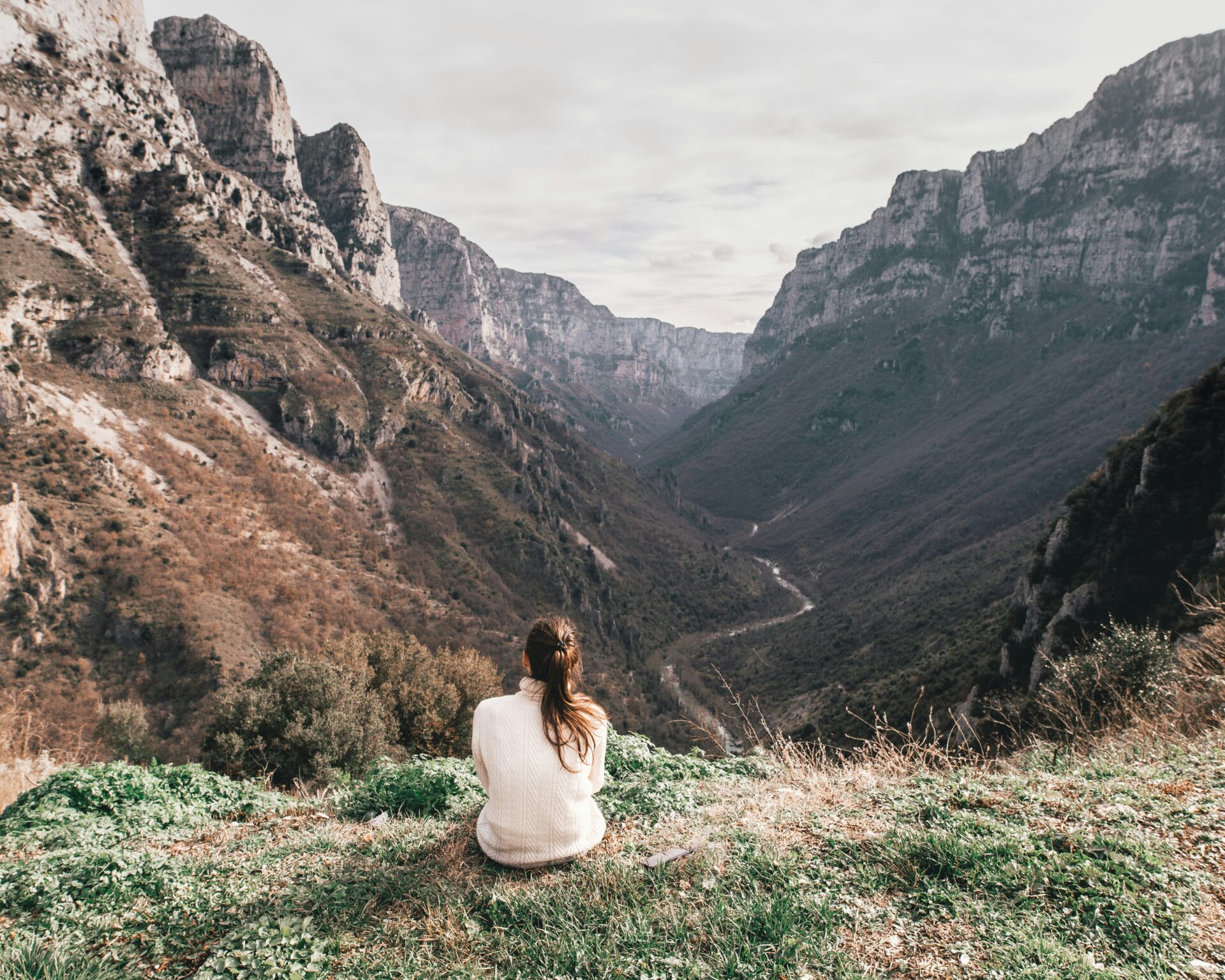
From Monodendri to Epirus: Historical and Cultural Tapestry
Walking through Monodendri and traveling deeper into Epirus, I felt history come closer with every step.
Here, family traditions grew out of the land. Political changes shaped destinies. The village stood at a crossroads of cultures.
Kinship and Family Life in the Eighteenth Century
In the eighteenth century, family shaped everything.
Multiple generations often lived together under one roof, working as a team to farm, raise animals, and handle daily chores.
Those stone houses weren’t built for just one family—they echoed with life from grandparents to grandchildren.
Kinship meant more than shared blood. Cousins and neighbors created strong support networks, especially during hard times.
Weddings, baptisms, and seasonal festivals brought everyone together.
Traditions got passed down at the kitchen table, in the fields, or around the fire at night.
I could sense echoes of those warm gatherings while wandering Monodendri’s narrow streets.
Stories and songs, kept alive by villagers, hinted at the way continuity and connection shaped their days.

Political Shifts and the Rise of the Greek State
Life in Epirus wasn’t always calm.
In the late eighteenth and early nineteenth centuries, the area belonged to the Ottoman Empire. Politics changed often.
Villagers adapted to new taxes, authorities, and the constant uncertainty about what tomorrow might bring.
In the 1800s, the rise of the modern Greek State sparked hope and sometimes fear.
The region saw tension and rivalry, especially during the Greek War of Independence.
People from Monodendri and nearby villages joined in, bringing tales of courage and hardship home.
This history left its mark on the village.
Old squares and buildings sometimes hid revolutionaries or secret meetings—stories I heard from local guides.
The shifts in power didn’t erase Monodendri’s spirit. If anything, they made it stronger.
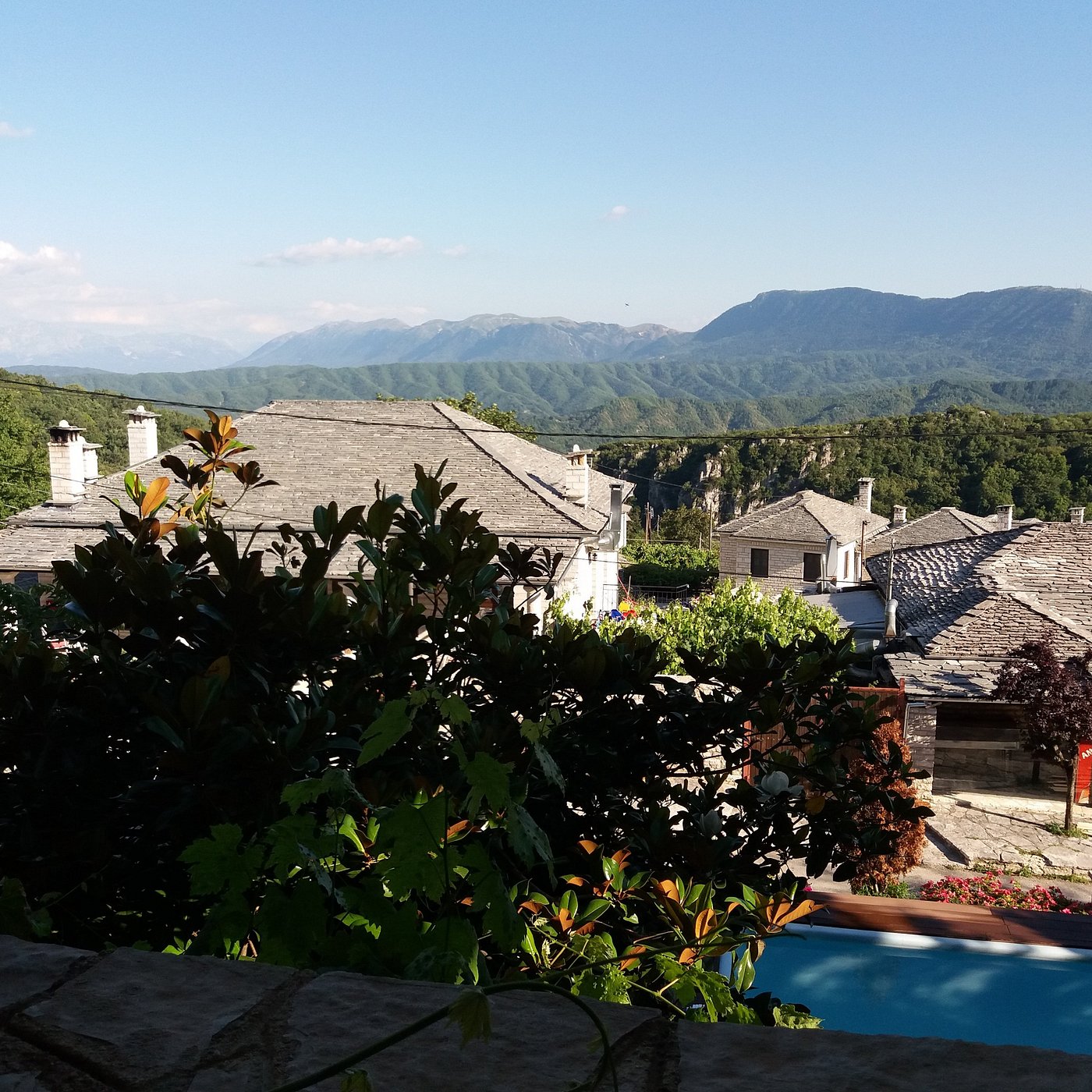
Crossroads of Greece and Albania
Monodendri sits near the border with Albania, so it’s more than just a Greek mountain village.
Epirus has always been a borderland, shaped by both Greek and Albanian influences.
Languages, foods, even music reflect a blend of cultures.
Walking through the village, I sometimes heard Albanian mixed in with Greek.
Market days brought families from across the border to trade goods and swap stories.
This unique spot meant residents grew up with mixed traditions—different dances, recipes, even religious customs.
The village felt open, not isolated. Many families have roots reaching into both countries, tying Monodendri’s past and present to a much wider world.

The Wider World: Connections to the Ionian Islands and Beyond
As I walked Monodendri’s stone streets, I realized the village was shaped as much by movement and exchange as by its mountain roots.
Merchants’ footsteps and families’ quiet journeys to seek new opportunities have tied Monodendri to the distant Ionian coasts, adding surprising depth to its story.
Cultural Exchanges with Corfu and Zakynthos
Growing up, I always pictured Monodendri as a world apart. But old maps and family stories proved me wrong.
Villagers traveled to Corfu and Zakynthos, two of the largest Ionian islands, trading goods like cheese, textiles, and olive oil.
These trips weren’t just about business. People brought back music, recipes, even bits of language.
During festivals, I’ve noticed Ionian dances and folk songs woven into the celebrations. Festive dishes like bourdeto sometimes show up on Monodendri tables, a tasty nod to Corfiot roots.
Quick Facts:
- Corfu and Zakynthos are about 100 km from Monodendri.
- Ionian traders introduced Venetian styles to Monodendri’s stone houses.
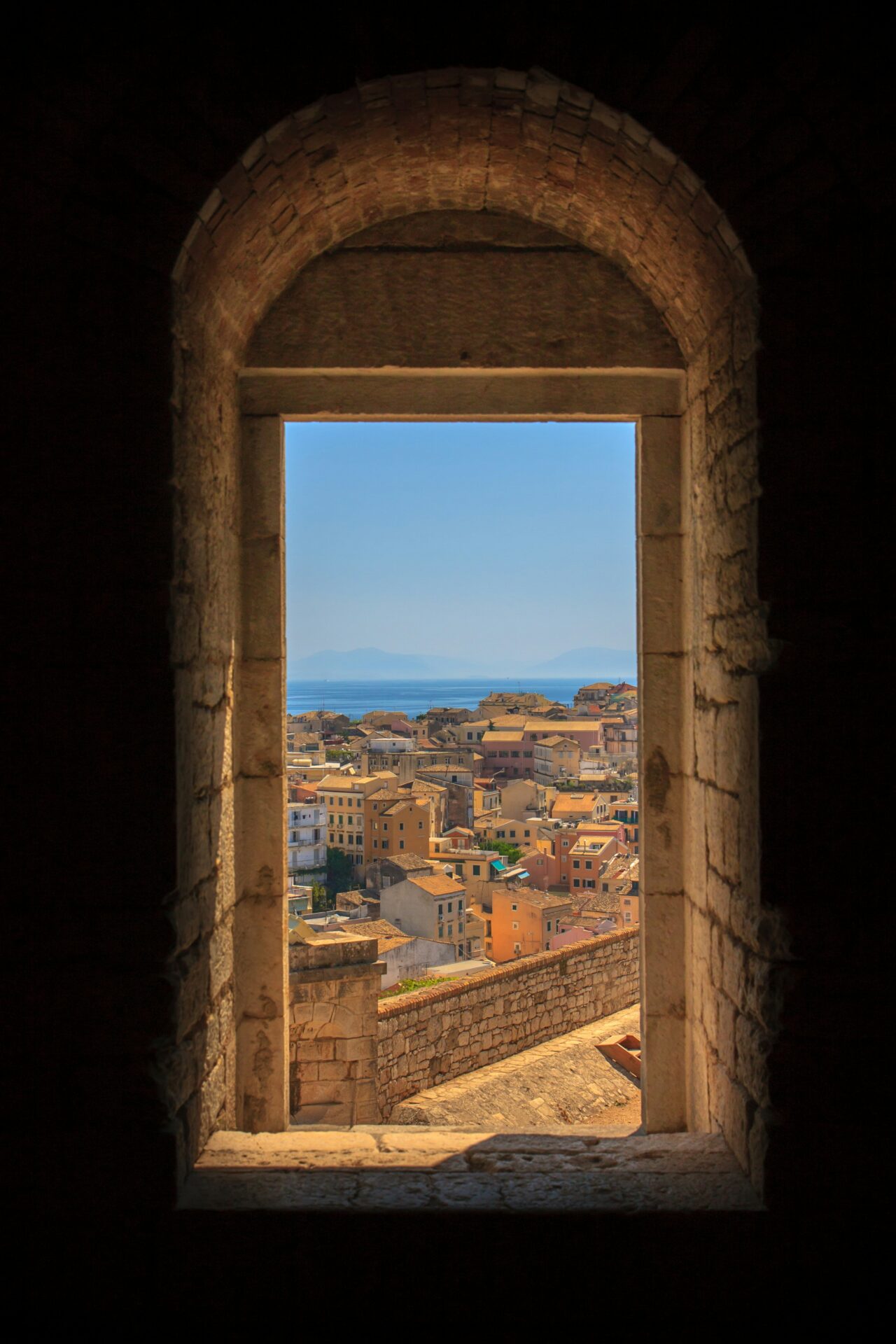
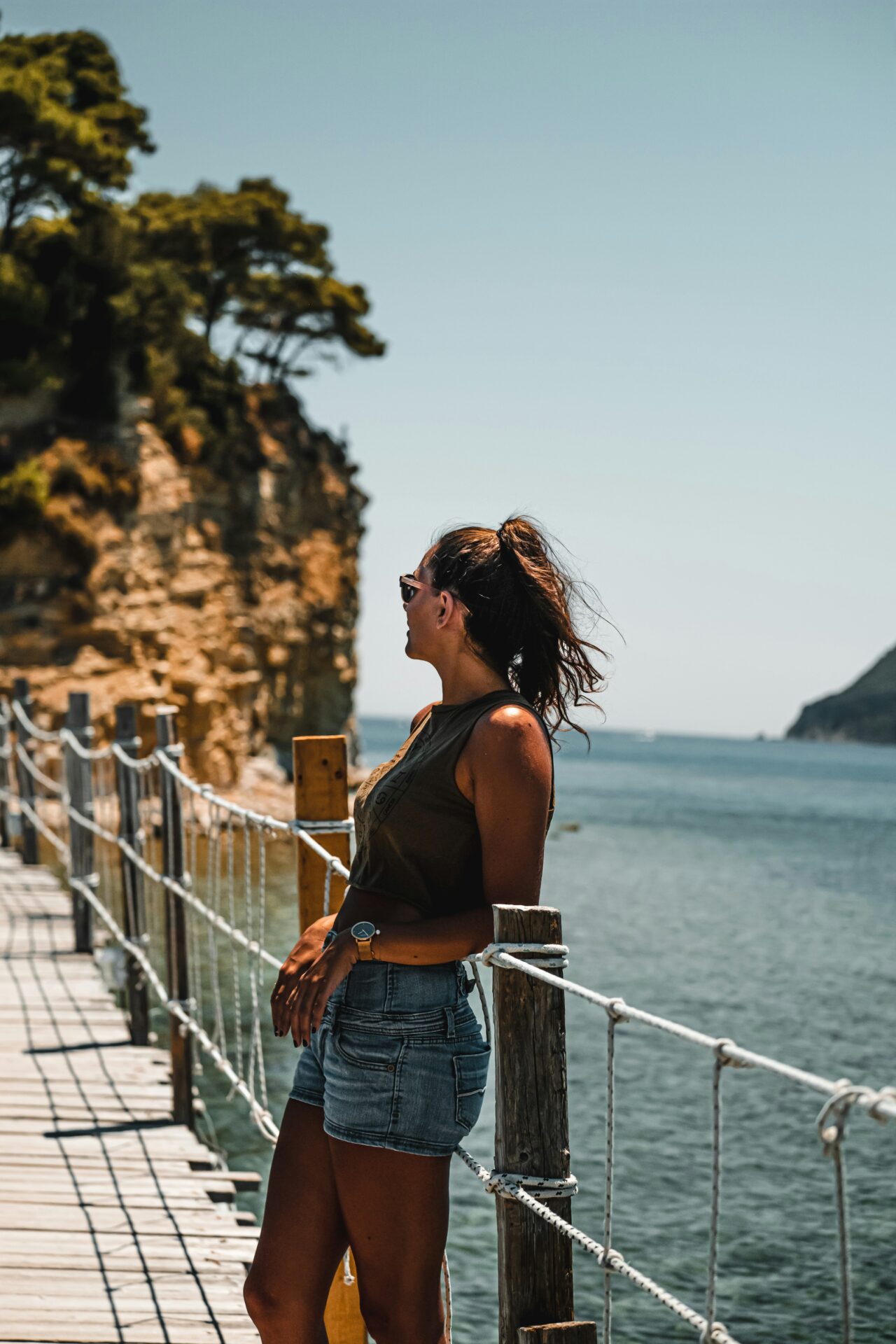
Lefkas and Kalamos: Lesser-Known Ties
Most people come to Lefkas and Kalamos for the beaches. They rarely think about the mountain villages at all.
Still, families from Monodendri used to send young men and women to these smaller islands, especially during olive harvest season.
Some travelers from Lefkas would take shelter in Monodendri when the sea turned rough.
I remember meeting an elderly local who told me stories about rowboats filled with citrus from Kalamos. The boats would wind through river valleys to reach the markets in Zagori.
These old routes don’t see much action now. But every so often, you’ll spot carved shells or scraps of Ionian lace in old homes.
A handful of Monodendri families can still trace relatives back to Kalamos. It’s a quiet testament to bonds that haven’t faded.

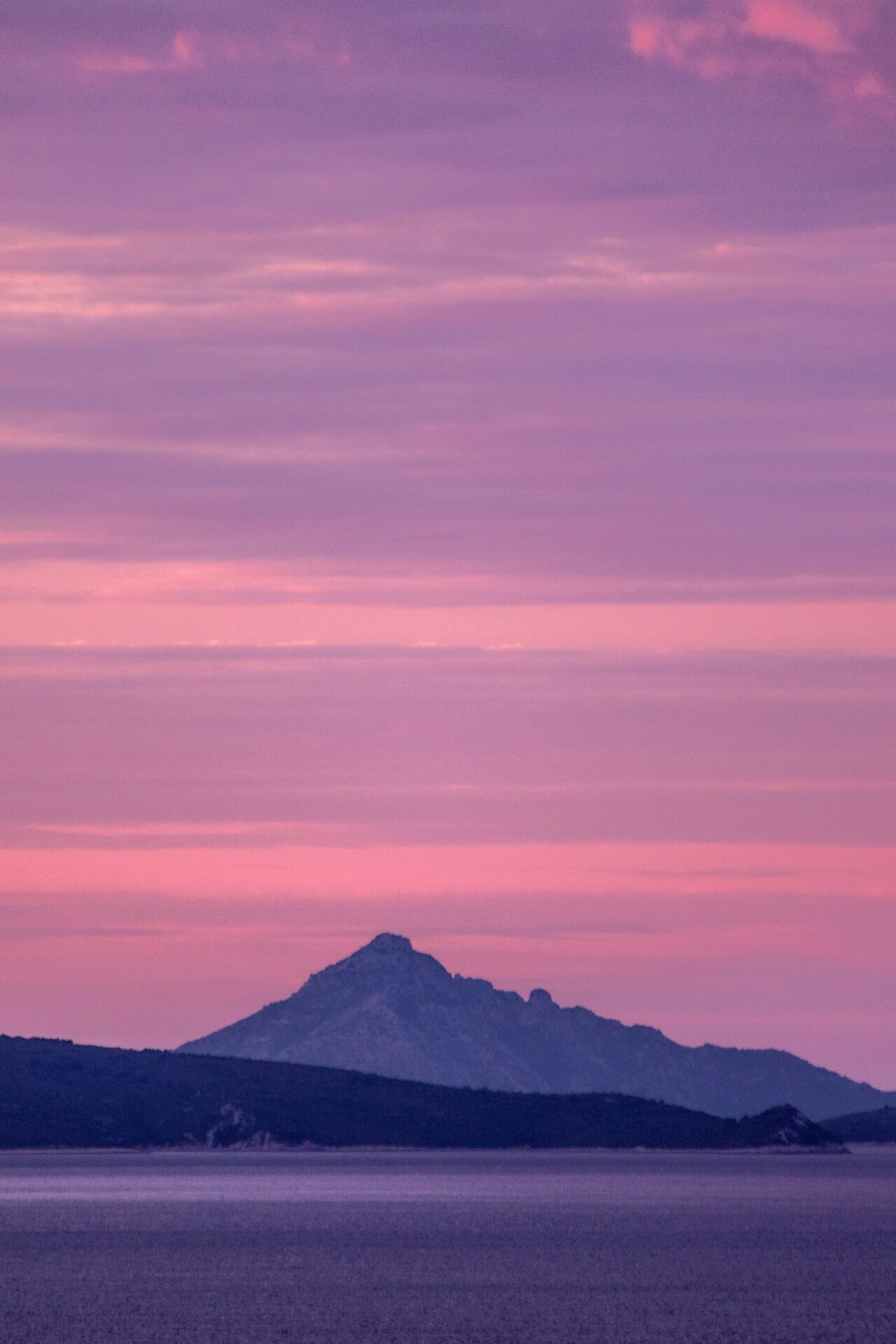
Migration, Gender, and Nation-Building
Migration from Monodendri wasn’t just about making money. It changed families and shaped how villagers thought of themselves as Greeks.
Many women moved to the Ionian islands to work as domestics or to marry, bringing new habits home with them.
Men often left as seasonal workers and sometimes came back with fresh political ideas.
This movement helped build a shared national identity, especially after Greece gained independence.
Both men and women brought pieces of the wider world back into Monodendri. These experiences changed daily life and shifted how the village fits into Greece’s story.
List of Impacts:
- Changing marriage patterns
- New attitudes about community roles
- Broader sense of identity outside the mountains
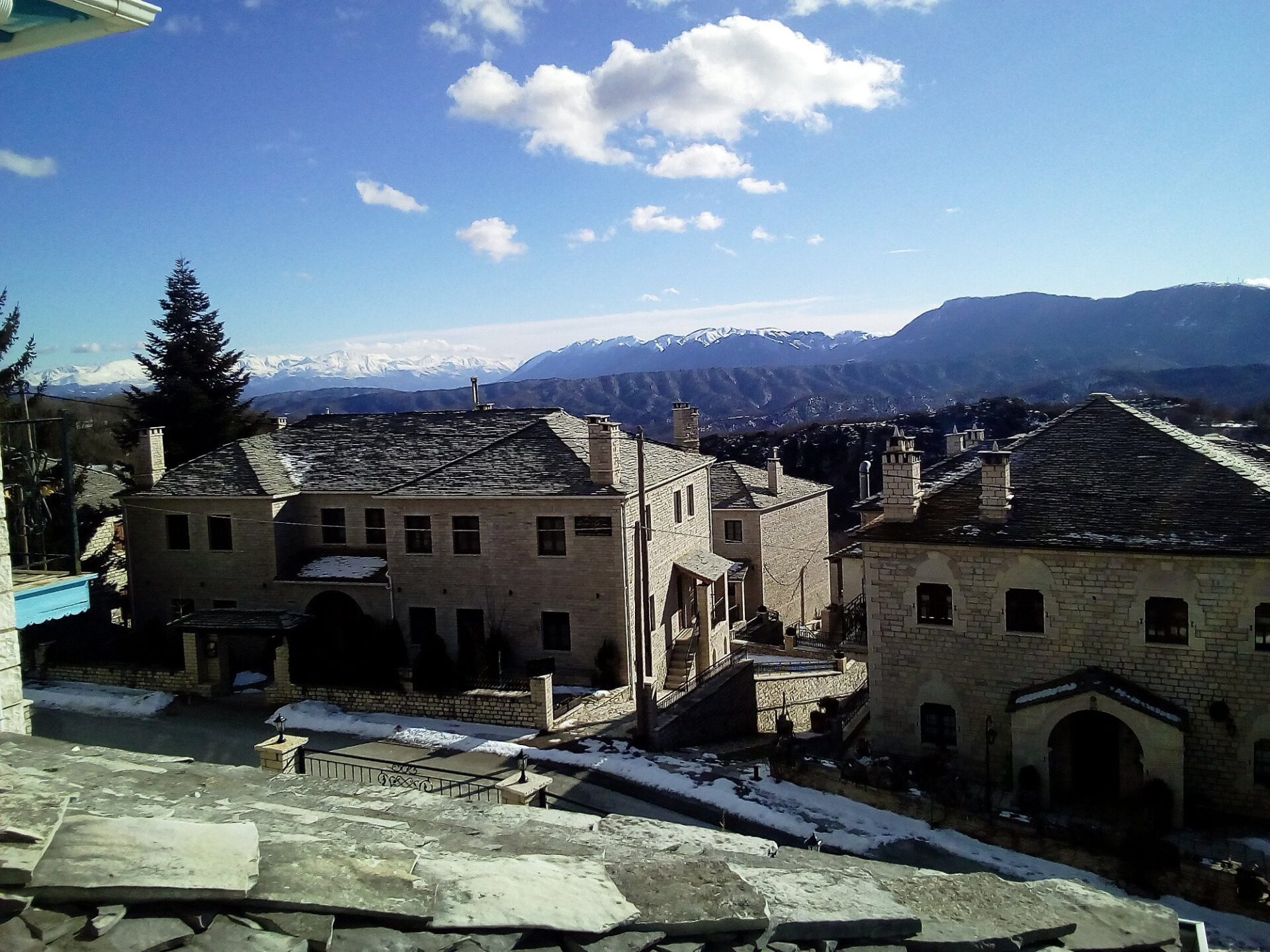
Modern Developments and Preserving Authenticity
Monodendri sits at a crossroads between progress and tradition.
New changes have come over the years, but the village still keeps its roots deep in Greek culture and the wild landscape of Epirus.
Sustainable Tourism
When I first arrived, I could tell Monodendri really cares about its land and people.
Tourism has grown, thanks to the Vikos Gorge, but development feels careful and intentional.
Guesthouses and taverns blend with the old stone buildings. Most are run by local families who know the region and keep the benefits close to home.
You’ll find guided hikes, but the village keeps visitor numbers low to protect the environment.
Trash bins and marked trails encourage travelers to be responsible. Local law and the state back these efforts, hoping tourism won’t overwhelm nature or village life.
The community teams up with eco groups to protect rare plants and wildlife.
Signs remind hikers to respect the gorge and forests. Even small things—like using rainwater in gardens or limiting cars in the village center—show how much people here value sustainable living.
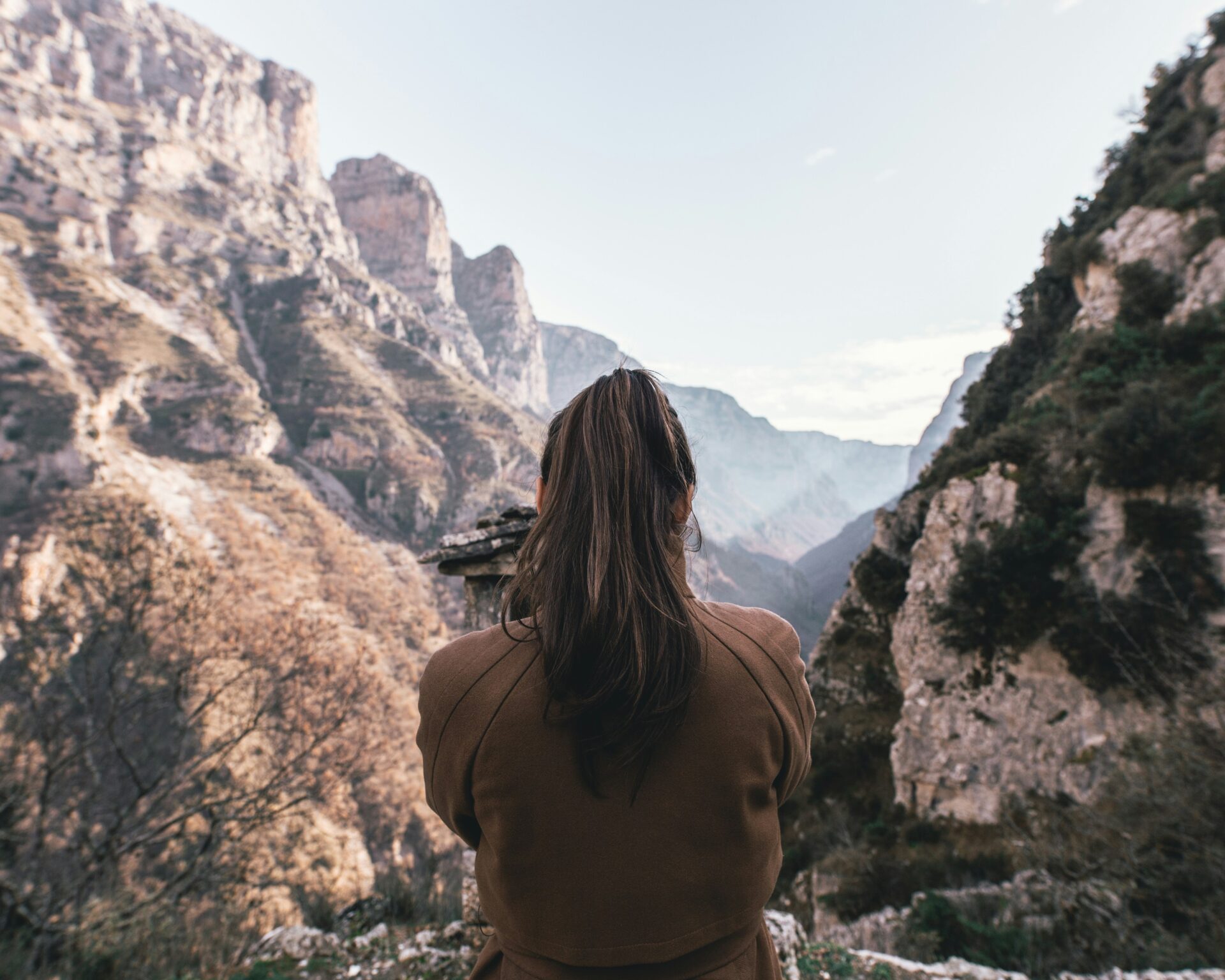
Balancing Tradition and Change
Monodendri hasn’t exactly frozen itself in time. Still, you can feel the spirit of the past everywhere.
I found Wi-Fi in my guesthouse. Ordering a coffee at a family-run café felt easy, but those little comforts haven’t stripped the village of its character.
Locals keep old skills alive. You’ll see people weaving or making traditional Epirotic cheese.
Festivals pop up with folk music and dances that families have passed down for ages. Even the newer businesses—like souvenir shops—stick to handmade goods instead of hauling in mass-produced things from the city.
Change shows up mostly around the edges. The roads are smoother now, and some young folks leave for jobs in the state or bigger Greek cities.
But plenty come back to help run guesthouses or sell honey from their family’s hives. This mix of old traditions and new touches keeps Monodendri lively. It draws travelers who want authentic Greek culture, not just a pretty gorge.

